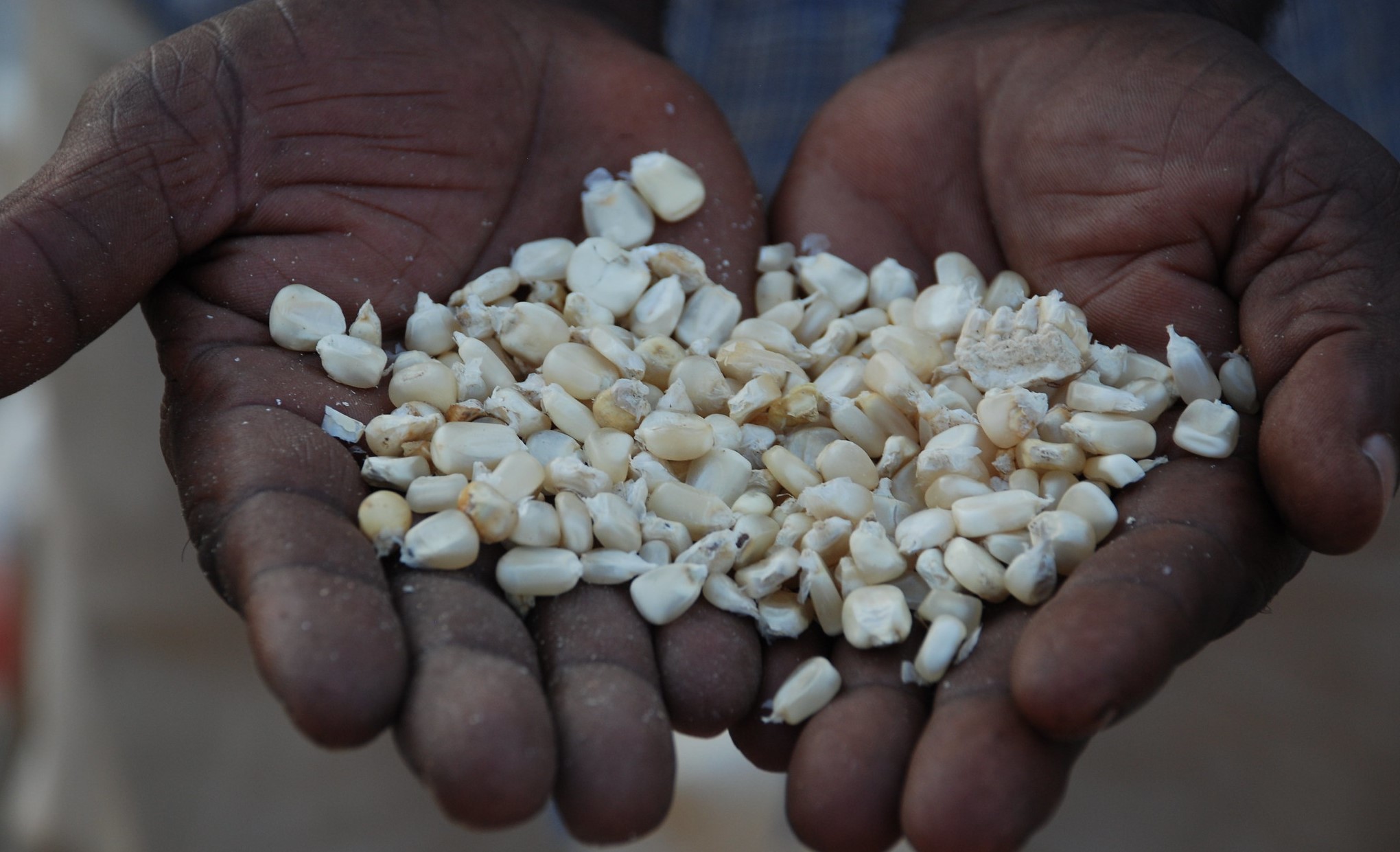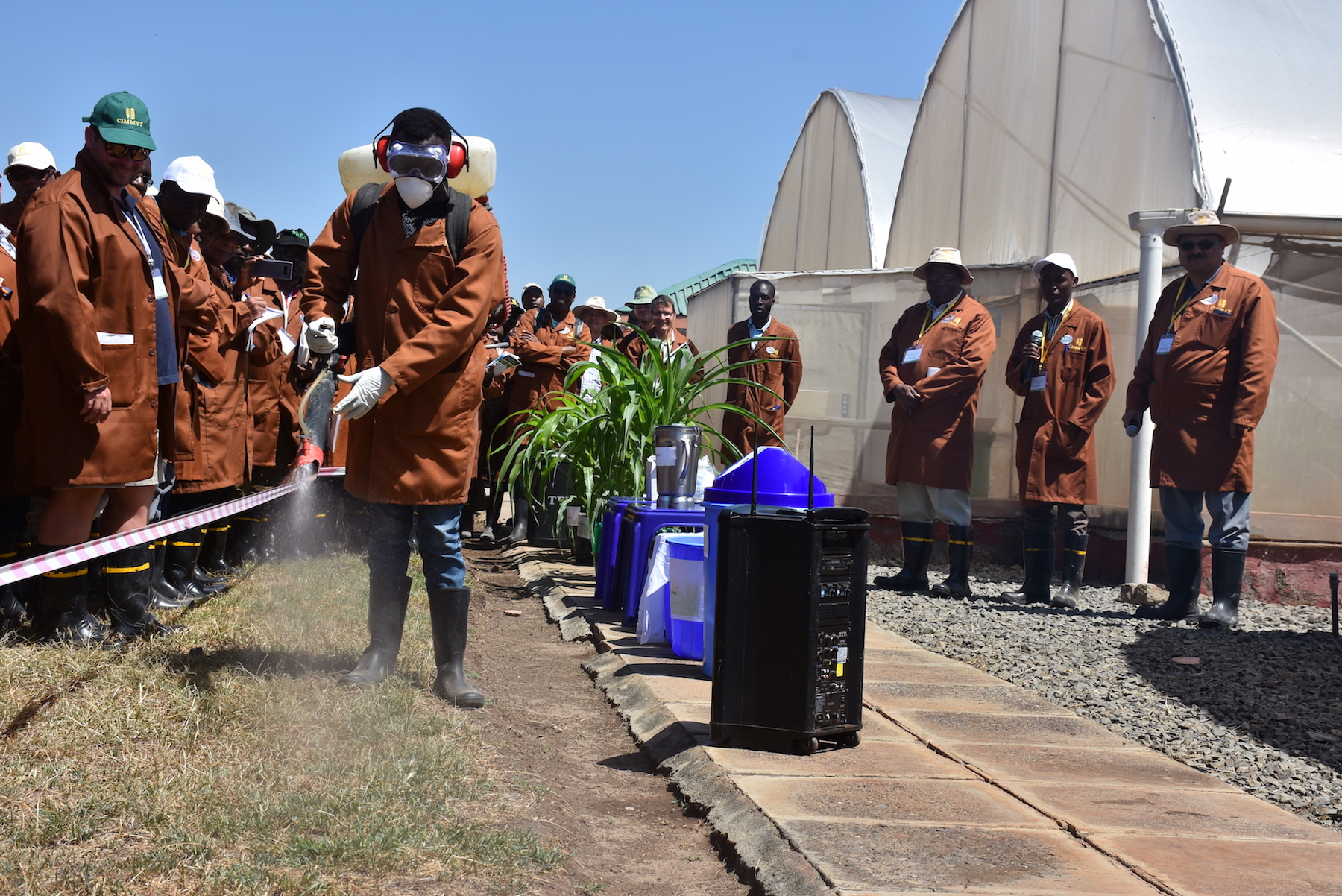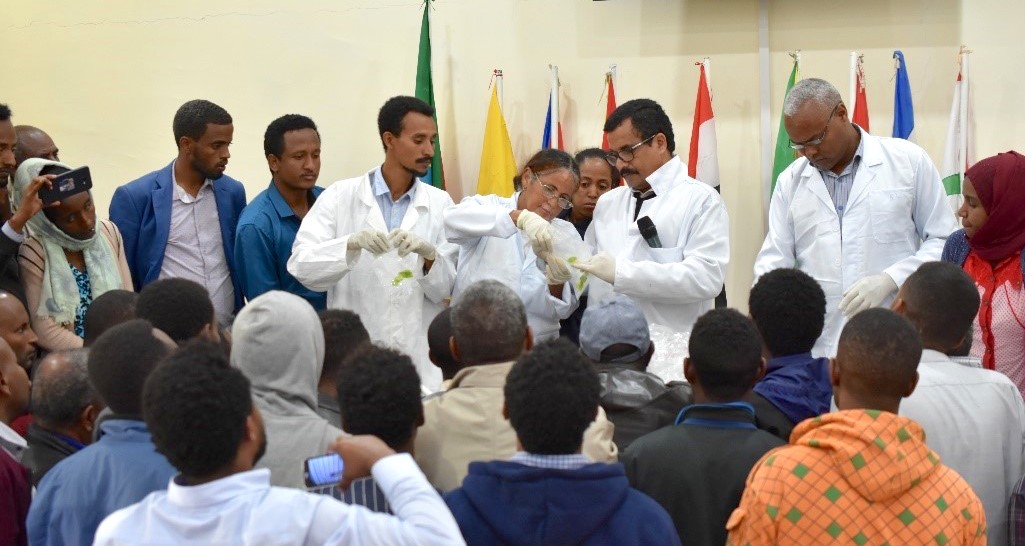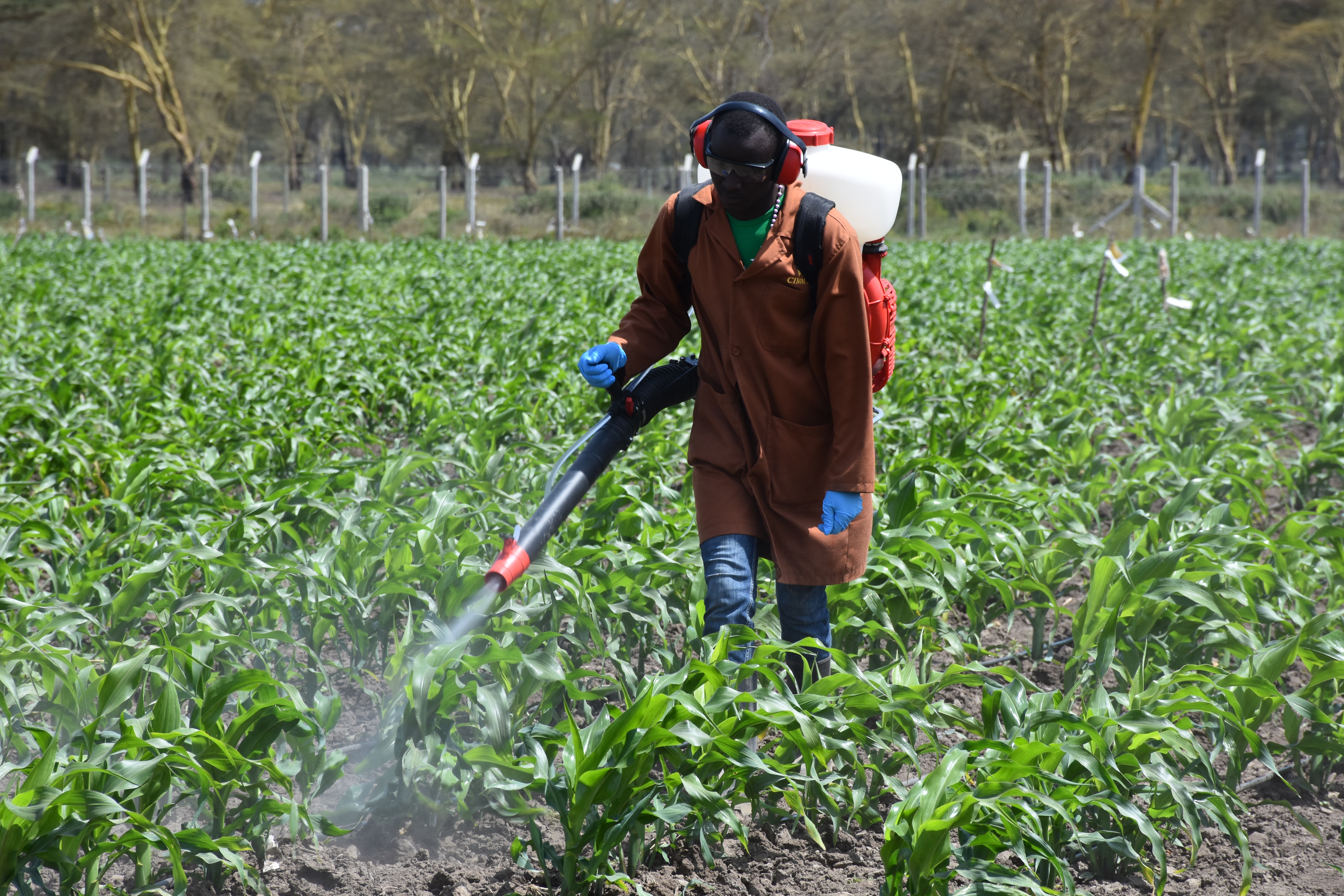The outbreak of maize lethal necrosis (MLN) disease in east Africa in 2011 (first reported in Kenya’s South Rift Valley) was a major concern, given that maize is the region’s most important staple crop. This disease is caused by co-infection of plants with two viruses – maize chlorotic mottle virus (MCMV) and sugarcane mosaic virus (SCMV) – and can cause yield losses of up to 90%. It spread rapidly across east Africa, compromising food and economic security for several million smallholder farmers.
MLN is a complex challenge that must be addressed through a multipronged approach. While significant advances have been made through intensive efforts by CIMMYT and other partners in terms of identifying and developing MLN tolerant or resistant hybrids, the rapid spread of the epidemic over the last few years remains a concern for farming communities, policy makers, national plant protection organization and the commercial seed sector, as well as the international scientific community.
There is also increasing suspicion that commercial seed flows may have been the initial source of the dissemination of the MLN-causing viruses over large distances, and it is thought that transmission of MCMV through contaminated maize seed continues to be a major risk factor in the spread of MLN across east Africa and beyond. However, there is a lack of reliable information on various aspects of MLN epidemiology, including the rate of MCMV transmission through seed.
The project on ‘Preventing Seed Transmission of Maize Lethal Necrosis in Africa’ aims to generate a better understanding of these epidemiological issues to allow for more effective control of MCMV transmission through commercial seed, support the development of effective, evidence-based phytosanitary regulations, reduce MLN disease pressure in eastern Africa, and curb the spread to non-endemic countries in other parts of the continent.
Objectives
- Develop appropriate protocols for assessing MLN transmission through seed
- Develop reliable and cost-effective diagnostic protocols for curbing the spread of MCMV/MLN through seed implemented by NPPOs and commercial seed companies.
- Determine the rates of transmission for the East African and US (Hawaiian) isolates of MCMV in tropical, subtropical and temperate maize germplasm
- Understand the mode of MCMV transmission through commercial seed within endemic areas to allow more effective control
- Determine the distribution of MCMV in maize seed, and the effects of seed treatments on virus transmission
- Analyze whether virus and/or host factors control seed transmission of MCMV
- Identify economical treatment methods to reduce or prevent MCMV transmission through seed for commercial seed industry and casual seed trade
- Generate detailed understanding of the role of root debris on persistence of MCMV in the soil, the persistence of the virus in different soil types, and the duration of virus viability in the soil
- Disseminate science-based knowledge and evidence generated through this project to National Plant Protection Organizations (NPPOs) and Ministries of Agriculture in sub-Saharan Africa
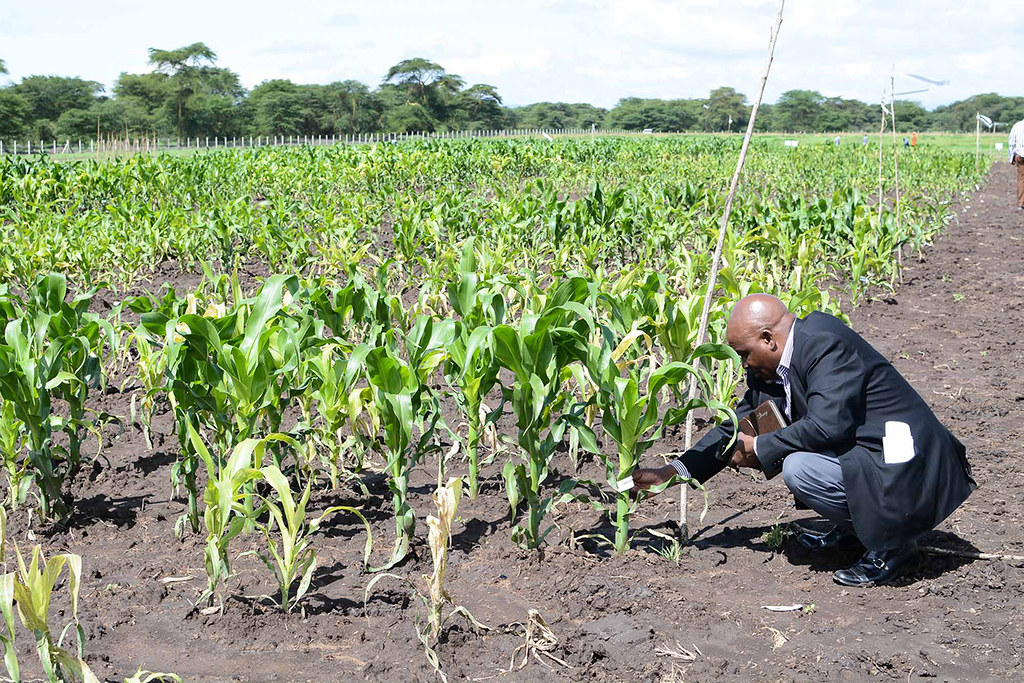
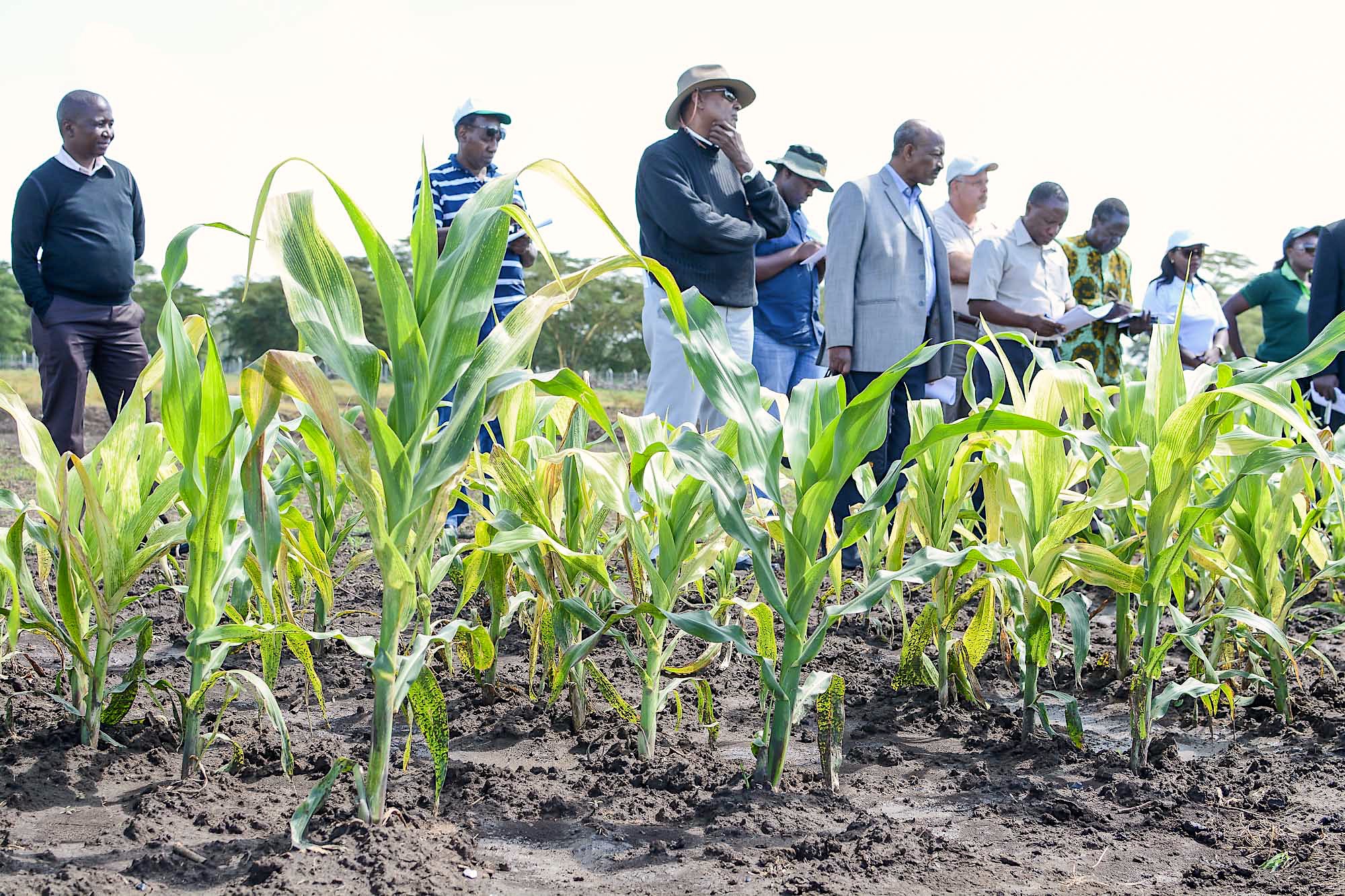
 Innovations
Innovations 